Xiaomi 13 vs Xiaomi 13 Pro: how do you take your flagship phone?
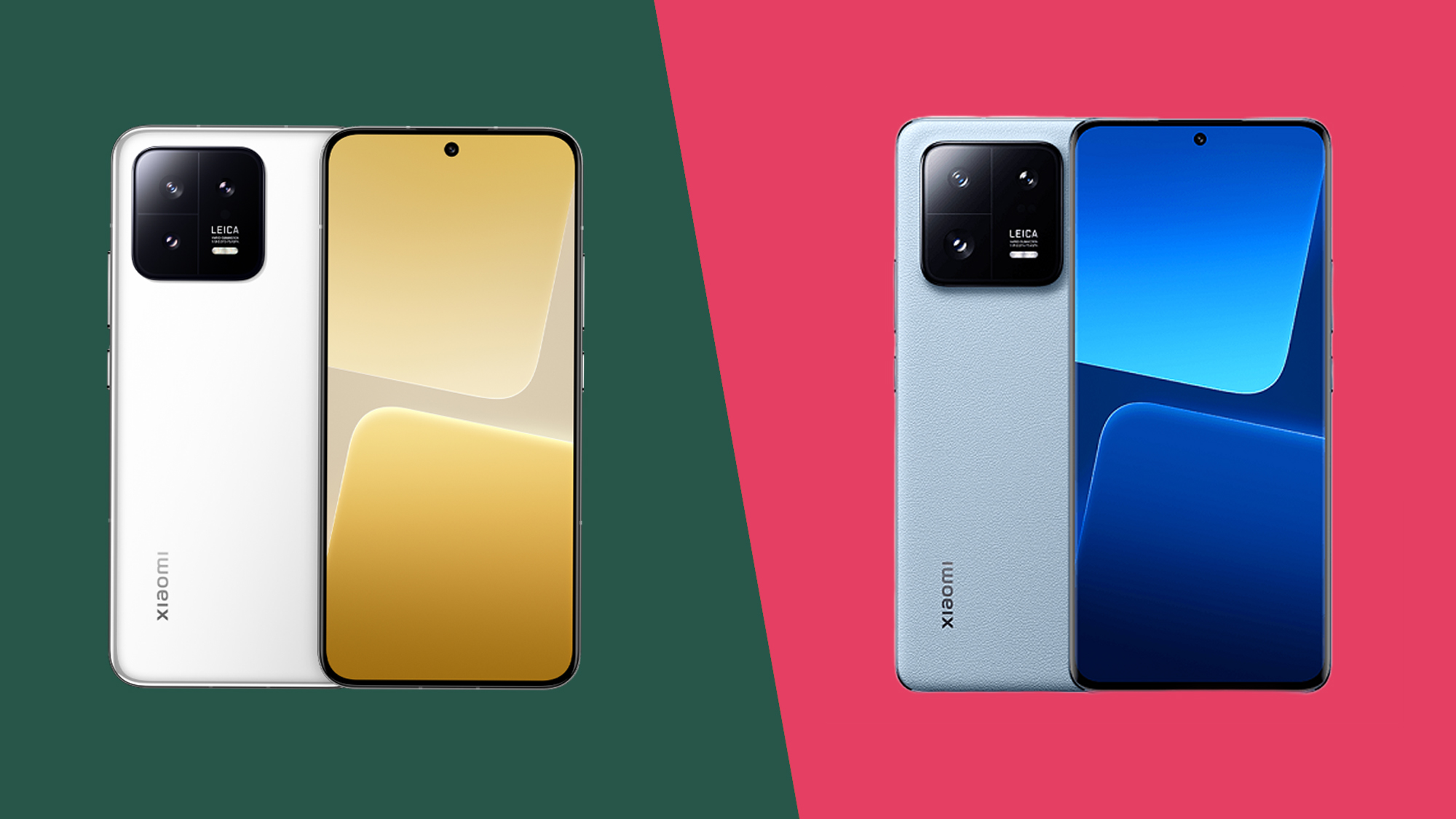
Xiaomi has announced the global rollout of the Xiaomi 13 and Xiaomi 13 Pro, its big flagship smartphone contenders for 2023. So, what have these two premium phones got to offer, and how do they compare to one another?
There’s been a slight shake-up to the range this year, with the vanilla model – the Xiaomi 13 – looking more competitive than ever. The Xiaomi 13 Pro, meanwhile, is one classy premium flagship that might just have you questioning the need for the forthcoming Xiaomi 13 Ultra.
Head over to our Xiaomi 13 review and hands-on Xiaomi 13 Pro review for our first impressions of both devices. Alternatively, you’ll find a step-by-step comparison between these two premium smartphones below.
Xiaomi 13 vs Xiaomi 13 Pro: price and availability
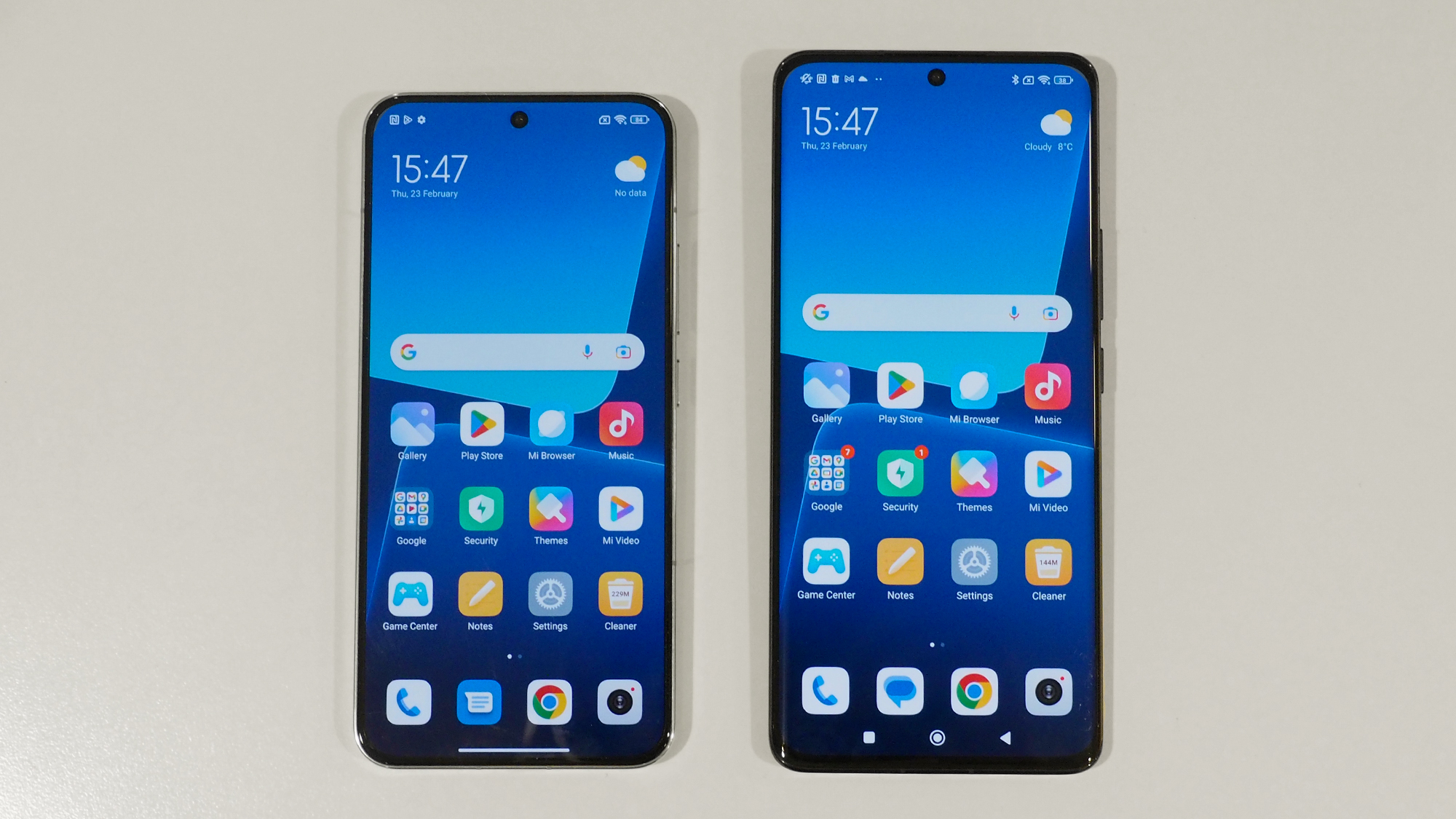
- Both models launch on March 14
- Base Xiaomi 13 is the cheapest option
After an initial launch in China on December 11, 2022, both the Xiaomi 13 and the Xiaomi 13 Pro will hit the global market on March 14. Both phones will only be available in a single variant.
The Xiaomi 13 costs £849 (about $1,020 / AU$1,520) for 8GB of RAM and 256GB of storage. The Xiaomi 13 Pro costs £1,099 (about $1,320 / AU$1,965) for 12GB of RAM and 256GB of storage.
There’s a not-insignificant £250 (about $300 / AU$450) difference between these two phones, then. That could prove crucial come decision time.
Xiaomi 13 vs Xiaomi 13 Pro: design
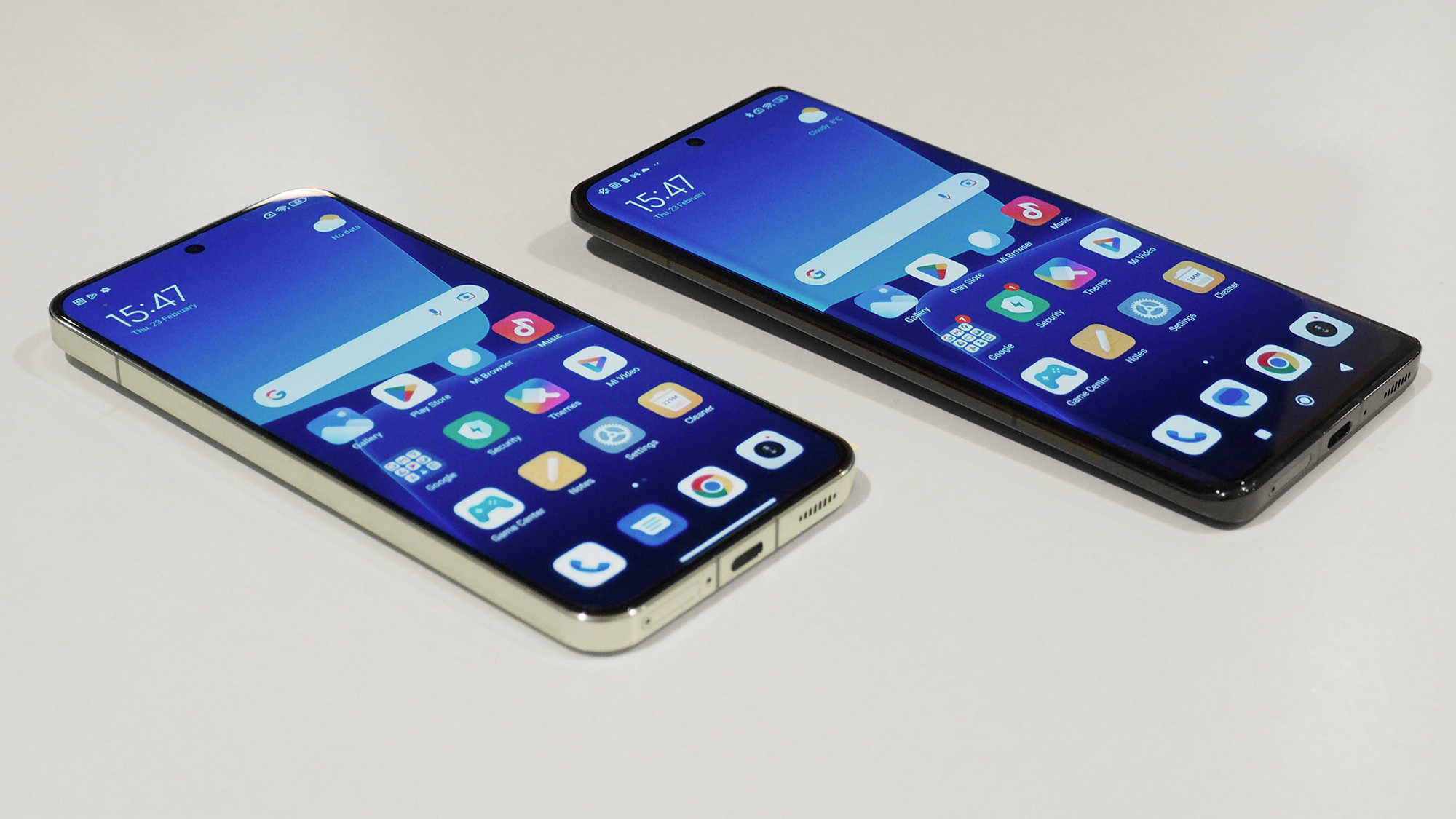
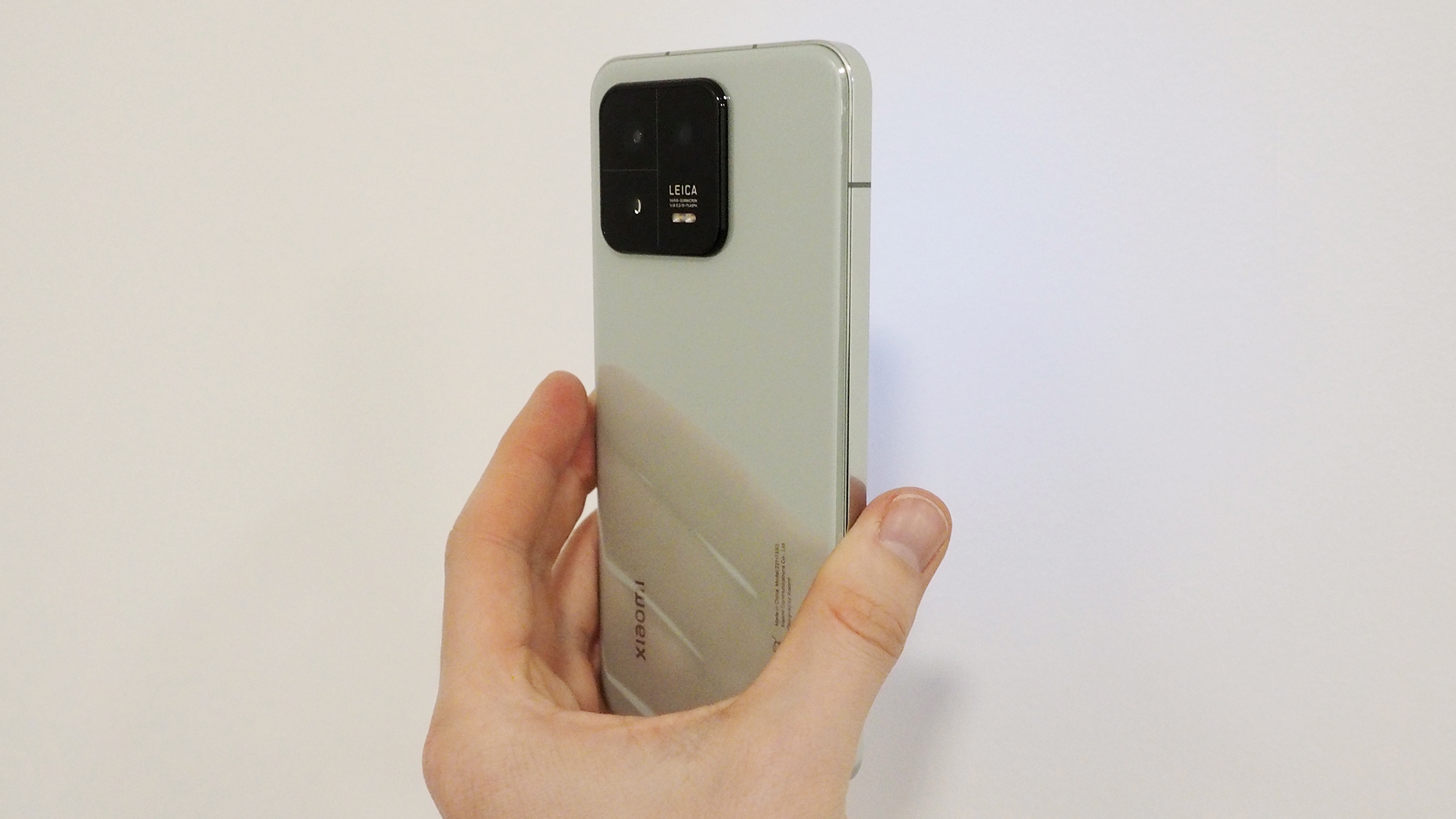
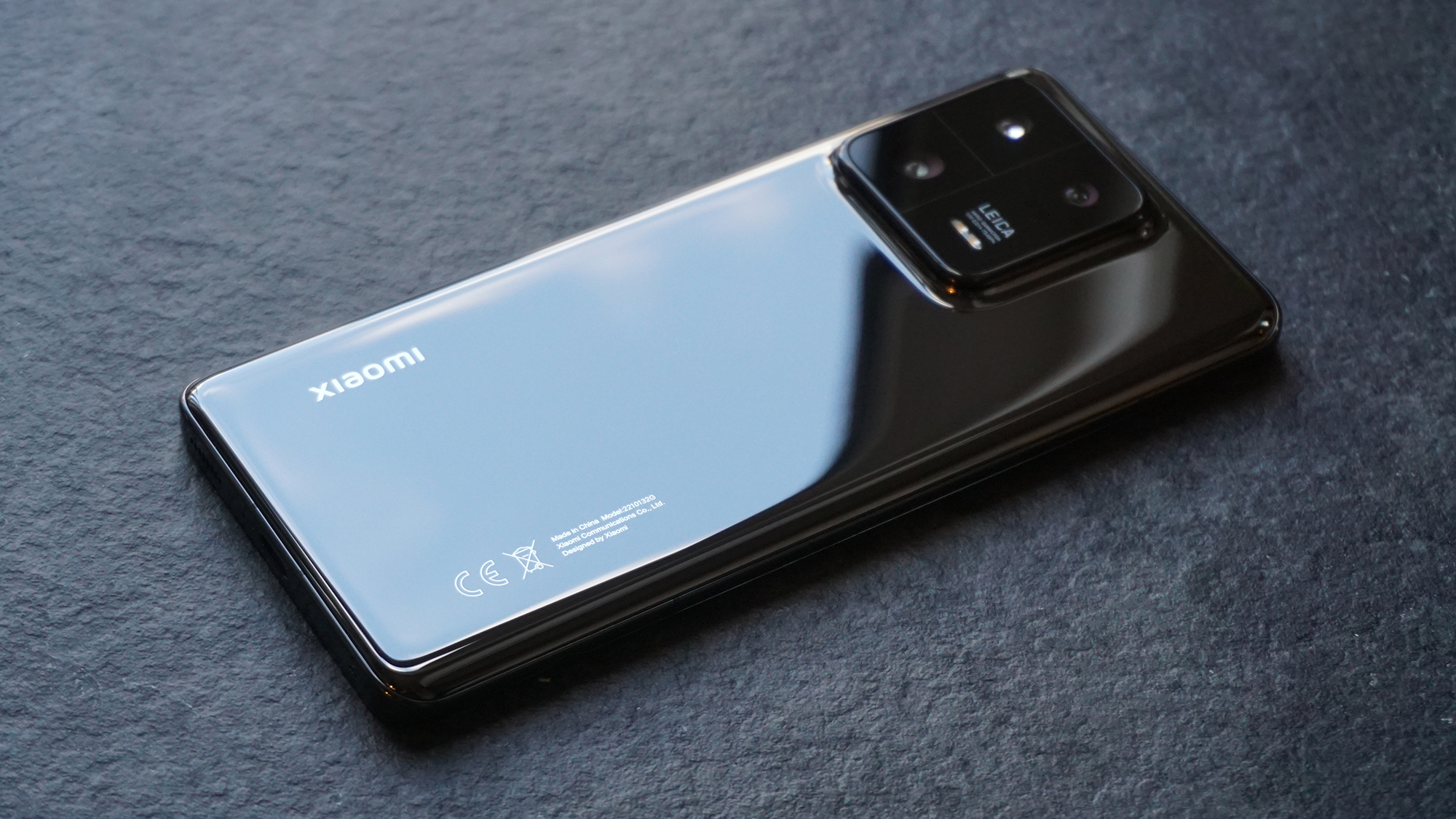
- The Xiaomi 13 Pro is bigger and curvier than the Xiaomi 13
- The Xiaomi 13 is more iPhone-like in design
- The Xiaomi 13 is available in an additional color
They might have similar names and some shared components, but the Xiaomi 13 and Xiaomi 13 Pro look and feel very different.
Sign up for breaking news, reviews, opinion, top tech deals, and more.
The Xiaomi 13 Pro is bigger and curvier, and much more akin to its fellow Android flagships, with a dual-curved display. The Xiaomi 13 takes the iPhone route, with a dead-flat display and an equally flat rim.
There’s a pronounced size difference, too. The Xiaomi 13 Pro measures 162.9mm x 74.6mm x 8.38mm and weighs a chunky 229g, while the Xiaomi 13 measures 152.8mm x 71.5mm x 7.98mm and weighs 189g.
Xiaomi’s Pro model is the tougher cookie, with a Gorilla Glass Victus front compared to the Xiaomi 13’s Gorilla Glass 5 front. The Xiaomi 13 Pro has a 3D bio-ceramic back (which comes in Ceramic Black and Ceramic White), whereas Xiaomi describes the Xiaomi 13 as having a 2.5D glass back (which comes in Black, White, Flora Green).
Both phones are IP68 rated, so they’re equally resistant to water and dust ingress, while both also boast dual speakers with Dolby Atmos support.
Xiaomi 13 vs Xiaomi 13 Pro: display
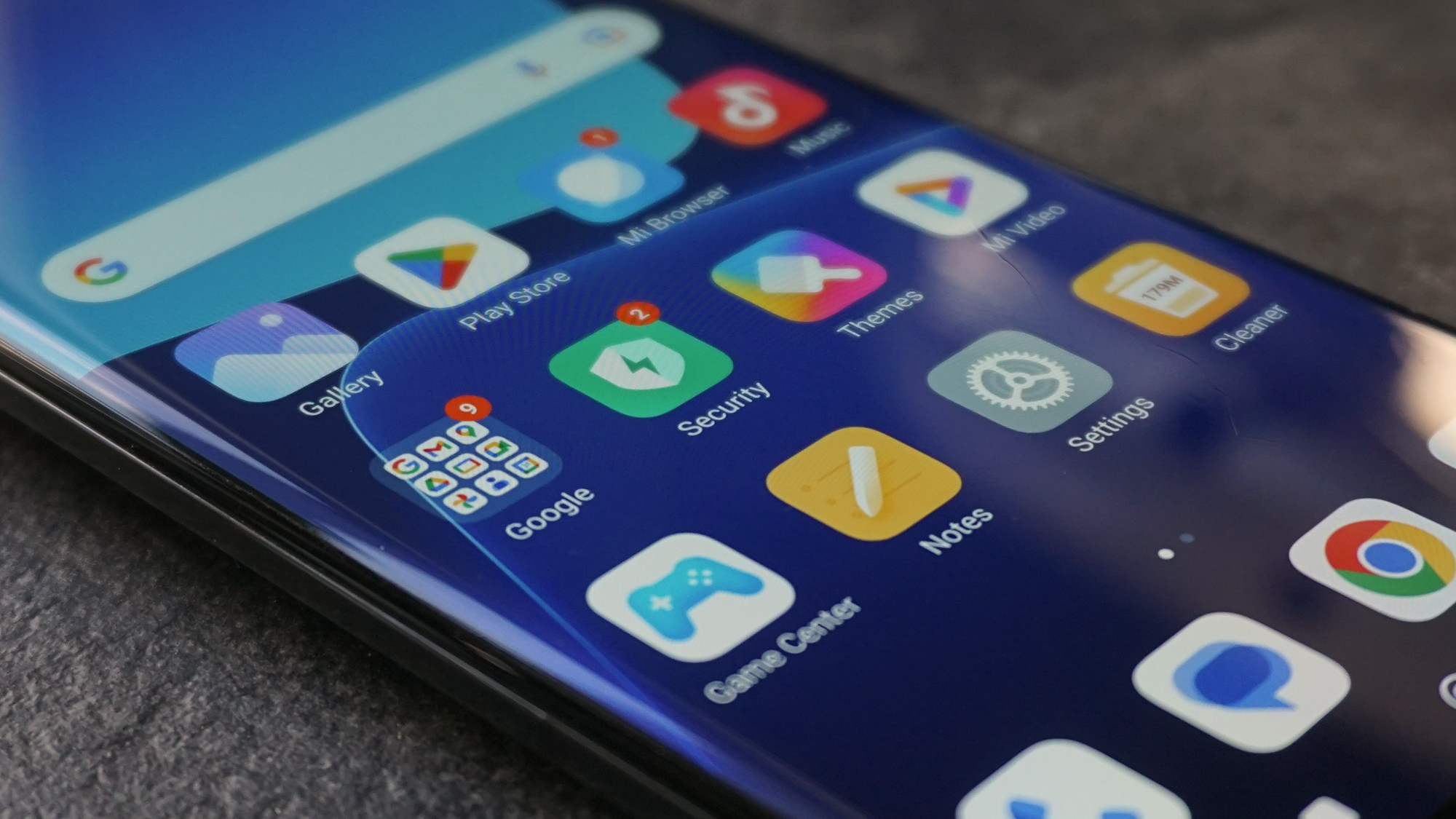
- Both phones use E6 AMOLED display technology
- Xiaomi 13 Pro boasts a sharper WQHD+ resolution
- Both displays feature 120Hz refresh rates
Both of these phones use the latest and greatest E6 AMOLED display technology. However, the Xiaomi 13 Pro’s AMOLED display is the larger of the two, measuring 6.73 inches to the Xiaomi 13’s 6.36 inches.
Another advantage for the Pro model is that it’s much sharper, with a WQHD+ resolution rather than the Xiaomi 13’s FHD+. That produces a pixel density of 522 ppi in the Pro and 413 ppi in the Xiaomi 13.
While both displays feature 120Hz refresh rates, only the Xiaomi 13 Pro has the kind of adaptive display that can drop right down to 1Hz, making it more efficient.
Both displays get plenty bright, though, with a shared high brightness mode (HBM) that reaches 1200 nits, and a peak brightness of 1900 nits.
There’s support for Dolby Vision, HDR10+, HDR10, and HLG with both phones, too.
Xiaomi 13 vs Xiaomi 13 Pro: camera

- Xiaomi 13 Pro has much larger 1-inch main sensor
- Both phones get wide, ultra-wide and telephoto lenses
- Both phones boast Leica partnerships
Xiaomi has gone big on the camera systems with both phones. With the Xiaomi 13 Pro, that means throwing in a huge 1-inch 50MP Sony IMX989 main sensor, which is just about as large as cameras get in a smartphone.
It’s much larger than the Xiaomi 13’s 1/1.56-inch 50MP Sony IMX800 main sensor, at any rate. However, with the Xiaomi 13, the company has finally given its vanilla flagship a full allotment of camera sensors. Alongside the 12MP ultra-wide, you also get a dedicated 10MP telephoto.
The Xiaomi 13 Pro goes bigger on both of those complementary sensors, of course, with a pair of 50MP sensors. The telephoto also benefits from OIS, so those zoomed-in shots should be extra steady.
There are some common points here. Both phones have Leica professional optical lenses, Portrait Night modes, and 8K video recording support. Both also have the same 32MP in-display selfie camera with a 5P lens system, an 89.6° FOV, and Dynamic Framing (for 0.8x and 1x views).
Sticking with the Leica theme, both camera systems offer you the choice of two base Leica looks – Leica Authentic and Leica Vibrant. The former is more naturalistic and ‘as seen’, while the latter has that exaggerated Instagram pop that some prefer.
Xiaomi 13 vs Xiaomi 13 Pro: specs and performance

- Both phones share Snapdragon 8 Gen 2 processor
- Both phones have 256GB of internal storage
- Both phones run MIUI 14 based on Android 13
This is the area where these two really quite different phones are most alike. Both share the exact same Snapdragon 8 Gen 2 processor, which should put them right near the top of the Android performance table alongside the Galaxy S23 and the OnePlus 11.
The Xiaomi 13 Pro has a slight edge thanks to its 12GB of LPDDR5X RAM compared to the Xiaomi 13’s 8GB, but we doubt you’ll be able to notice the difference.
Both phones have 256GB of internal storage, too, so there’s no difference there. Rounding out the specs, both enjoy support for Wi-Fi 7 and Bluetooth 5.3, and both also have IR blasters on the top edge, which enables you to use them as universal remote controls.
Another common feature: both phones run on MIUI 14 based on Android 13. This is typically the weakest area of Xiaomi’s flagship phones, with the OS’ clumsy interface and excessive bloatware. Here’s hoping there are signs of change on the software front.
Xiaomi 13 vs Xiaomi 13 Pro: battery
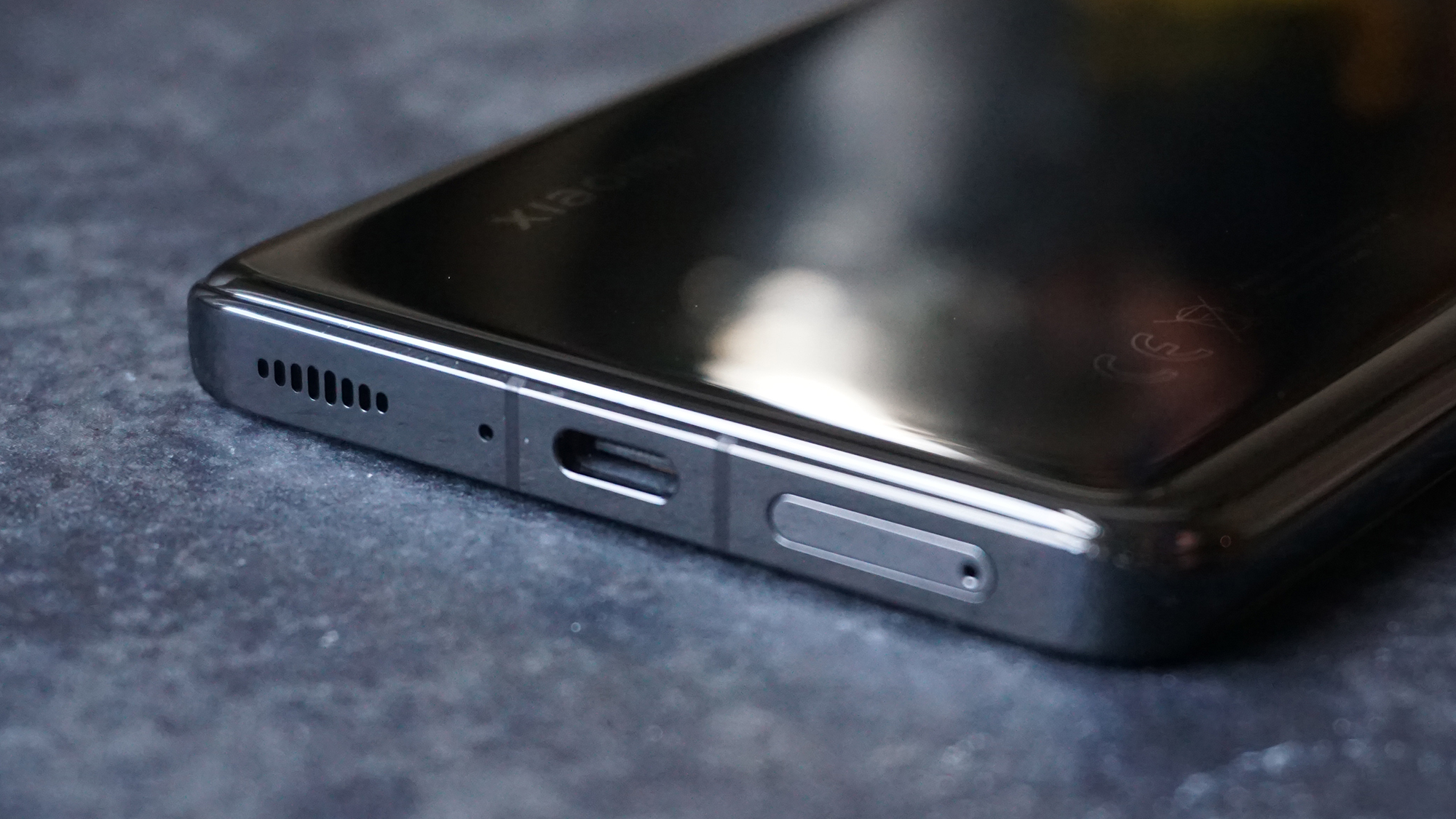
- Xiaomi 13 has a bigger battery than the Xiaomi 13
- Both support 50W wireless charging and 10W reverse wireless charging
As you’d expect given the fundamental difference in size and display, the Xiaomi 13 Pro has a bigger battery than the Xiaomi 13.
The Pro cell comes in at 4,820mAh, whereas its brother has a smaller 4,500mAh battery.
With greater capacity (and a bigger price tag) comes faster charging. The Xiaomi 13 Pro supports 120W wired charging, while the Xiaomi 13 manages a still-respectable 67W. This should translate to a 0–100% charge time of just 12 minutes in the Xiaomi 13 Pro, and 36 minutes in the Xiaomi 13.
We’re glad to see that both phones support 50W wireless charging and 10W reverse wireless charging. These latter points are more of a boast in the cheaper, smaller Xiaomi 13, as it’s quite a premium feature.
Xiaomi 13 vs Xiaomi 13 Pro: which should you buy?
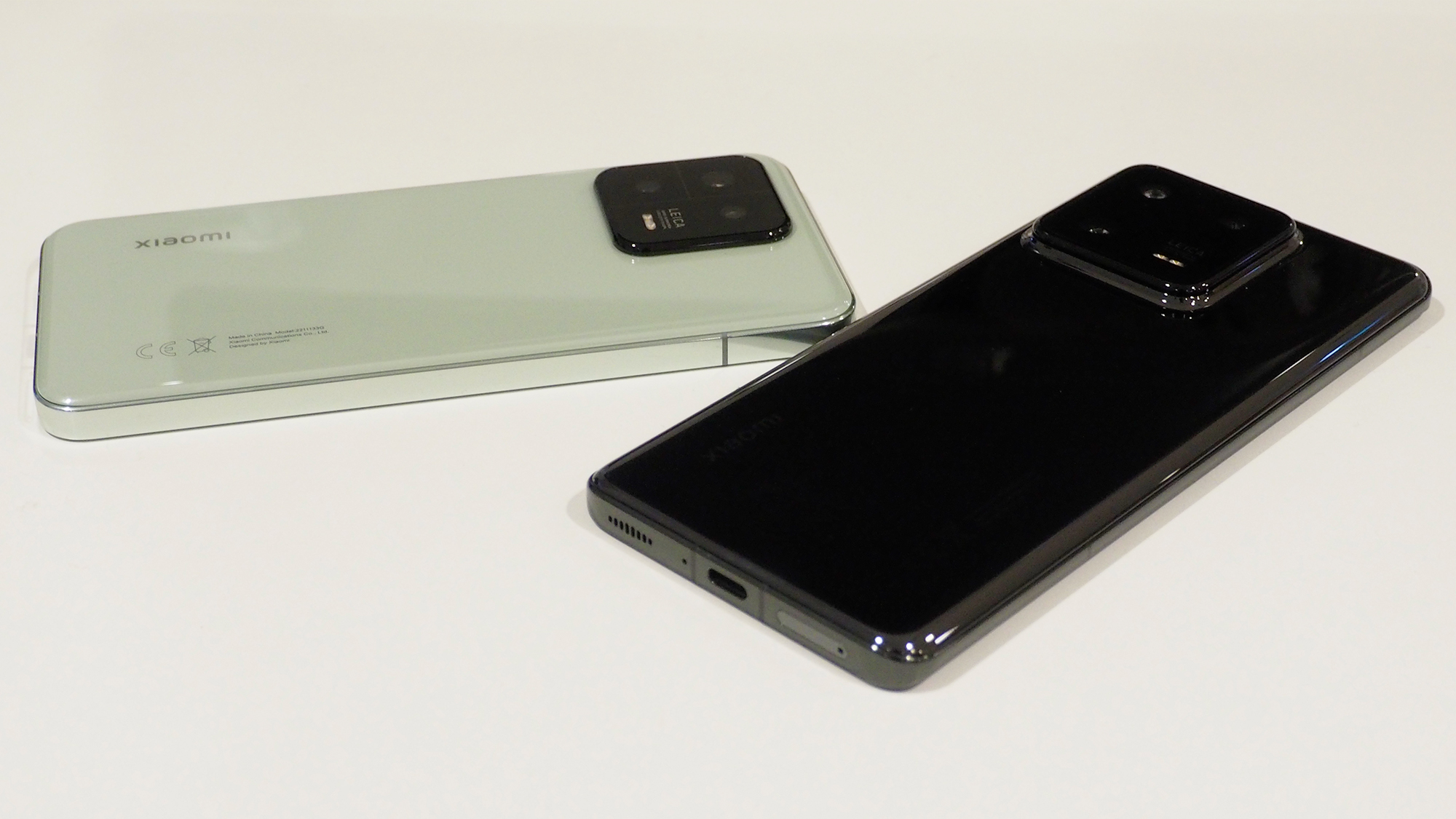
We’re glad to see that Xiaomi has produced two distinct phones in the Xiaomi 13 and Xiaomi 13 Pro – it’s about much more than simply choosing which size you want this year.
They look and feel totally different, for one thing, with the Xiaomi 13 Pro more curvaceous and the Xiaomi 13 more, dare we say it, ‘iPhone-like’.
The Pro has a sharper display, a much larger 1-inch main camera sensor, a larger battery, and more rapid charging. Conversely, the fact that the Xiaomi 13 squeezes a telephoto camera and 50W wireless charging into a significantly cheaper package could make it the better value pick.
You’ll have to wait until our full reviews of both phones are ready to be sure, but these are already shaping up to be two highly compelling options within their respective flagship classes.

Jon is a freelance journalist who has been covering tech since the dawn of the smartphone era. Besides TechRadar, his words and pictures have appeared in The Telegraph, ShortList, Tech Advisor, Trusted Reviews, Expert Reviews, and more. He largely covers consumer technology, with a particular focus on smartphones and tablets. However, he's also been known to dabble in the worlds of entertainment and video games.